Bob Clark’s Black Christmas follows the horrific events surrounding the killings inside a college sorority during the holiday season, with writer Roy Moore’s script being loosely based on the urban legend “The Babysitter and the Man Upstairs,” and as this small group of young women are stalked and killed by an unseen maniac, the very nature of evil comes into question. We are first introduced to the killer through a long point-of-view shot as he climbs the sorority house’s trellis to gain access to the attic, and aside from his hands, and later a glimpse of his eye, we never do get a good look at the killer. In fact, the identity of the killer is one of the elements that makes Black Christmas stand out from its peers, that being we have absolutely no idea who this guy is, or why he is doing such deplorable things to these poor girls.
He could be an evil telemarketer for all we know.
Our cast of characters/victims consists of “professional virgin” Clare Harrison (Lynne Griffin), the free-spirited Barb (Margot Kidder), down-to-earth Phyl (Andrea Martin), the sorority’s house mother and resident alcoholic Mrs. Mac (Marian Waldman), and finally Jess (Olivia Hussey), who fills the role as the film’s chief protagonist — by way of surviving until the movie’s final reel — yet her character subverts a key trope by revealing that not only is she pregnant, but she also has no desire to marry her emotionally on edge college boyfriend Peter (Keir Dullea), nor does she wish to keep the baby. This is a bit shocking, to say the least, for not only is abortion a pretty taboo subject, even by today’s standards, but in the slasher film genre, a young woman making those kinds of choices would most likely have resulted in her character being one of the killer’s first victims, yet in Black Christmas, Jess not only makes it to the “end” of the film, and the final confrontation with the killer, but the actual first victim to be taken off the board is Clare, the professed virgin.This present got wrapped early.
What sets the characters of Black Christmas apart from their peers is that there really isn’t anyone that you could “liberally” say had it coming; even crass and sexually progressive Barb is treated as a full-fledged and likable character, Mrs. Mac the house mother, who we see has booze squirreled away all over the house, is shown as being protective of her charges' lifestyles when Clare’s father (James Edmond) comes looking for his missing daughter, making her death just as tragic and impactful as that of the girls'. Most slasher films are populated with disposable characters that only serve the purpose of ratcheting up the body count, with film’s of this genre only giving the "final girl" the vaguest of character development, but Bob Clark knows that real suspense can only be achieved if you actually care about the victims. It’s clear from the outset that Clark was not interested in making a cookie-cutter horror film, consisting of cliché characters and gory kills. In fact, aside from one kill, there really isn’t that much blood to be found at all, though it may make you rethink buying your girlfriend a glass unicorn.The Tropes that Populate Black Christmas:
• It’s a seasonal horror film.
• The killer’s point-of-view tracking shots.
• He is stalking a group of young women.
• “The calls are coming from inside the house" is included.
• The police are pretty much ineffective.
• High body count.
• Twist Ending.
Though many of those elements had been used in horror films previous to Black Christmas, it was Bob Clark’s collection of these tropes that would form the genetic make-up for the modern slasher films that were to follow — John Carpenter has freely admitted to being heavily influenced by Black Christmas when he made Halloween — and if not for Bob Clark’s film, I’d say such projects as My Bloody Valentine or Silent Night Deadly Night would have resulted in much different looks, if they existed at all. And it wasn’t just the perfect blend of these horror essentials that makes Black Christmas such a good film, that's just its basic framework, what takes the film to a whole new level is in the brilliant cinematography of Reginald H. Morris, the ingenious camera-work by Albert J. Dunk, the wonderfully haunting music by composer Carl Zittrer — especially with his discordant use of the piano — and Bob Clark’s perfect use of comedy to break up the tension, all so that the audience is not worn down. Then you throw in solid supporting work by John Saxon, as the beleaguered police detective, and you have a recipe for success.
Don't ask him to pronounce fellatio.
One of my favourite elements of the film is that we literally know nothing about the killer. Why is he stalking these particular girls? Did one of them spurn his advances? We learn that a girl in town was raped, but was it the work of the killer? A young high school girl is found dead in the nearby park, and again we do not know if this is the same guy who is terrorizing the sorority. During his obscene phone calls, he babbles a lot of cryptic nonsense, sing-songing between vulgarities and nursery rhymes, such as “Little baby bunting, Daddy's went a-hunting, Gonna fetch a rabbit skin to wrap his baby Agnes in” or insanely asking, “Billy, where did you put the baby?” in one of the killer’s demented voices, and though the killer most likely suffers from some form of multiple personality disorder, it is never made clear what his whole deal is. Could he be some kind of Norman Bates? Or is his back-and-forth arguing with his other “personas” just the killer screwing around and trying to mess with their heads? And each of the calls made by “Billy” — we never do learn if that is in fact his name — ratchets up the tension, as it coincides with the film’s body count rising, bringing everything to a fever-pitched conclusion, and a very ambiguous conclusion, I may add. The ending to Black Christmas may leave some viewers a little cold, but I myself found it to be wonderfully dark, and to me, it makes each successive viewing of the film a little more interesting.Black Christmas is a horror classic, which is something nobody can deny, but what the genre owes to Bob Clark can also never be understated, for he illustrated that you could tell an interesting story, full of chilling and suspenseful scenes, without tossing buckets of blood around, all in a very cinematic and artful way. So if you want to spend a nice holiday evening, with a spine-chilling madman and his poor victims, you should check out this 70s classic — you won’t be disappointed.
Note: The police in this film are not only quite ineffective at their jobs, they are also grossly incompetent, as they don’t once search the house to discover the killer’s attic hideout or its grisly contents.
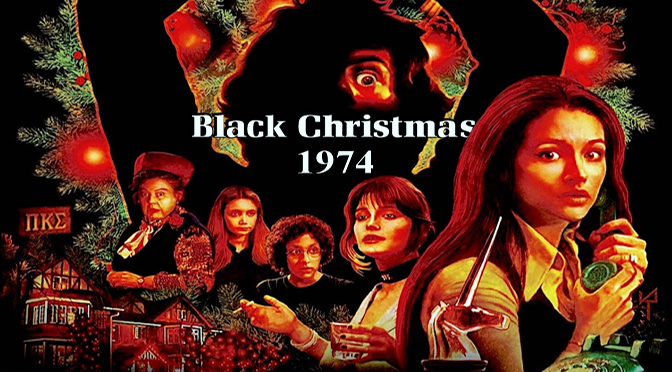
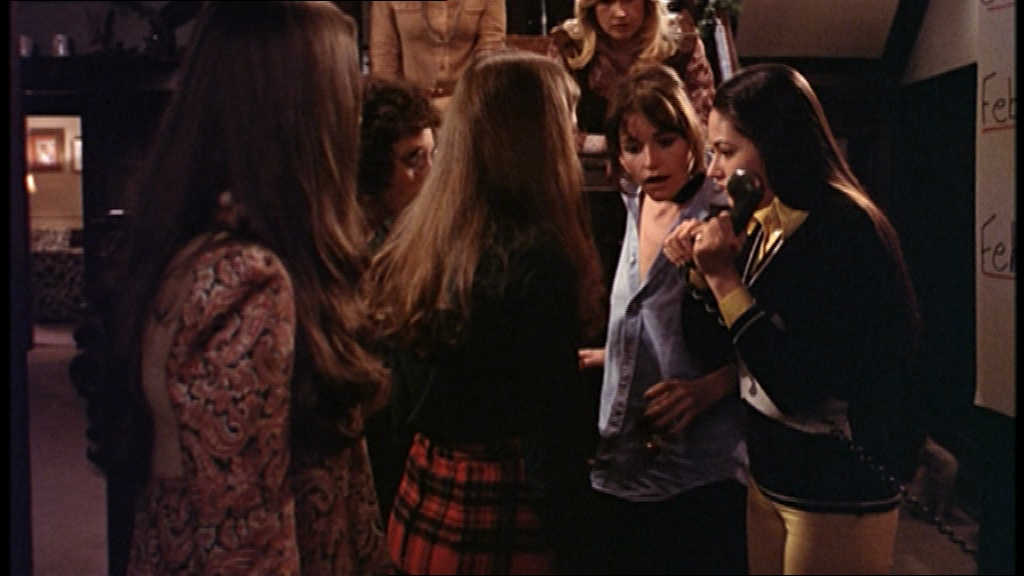

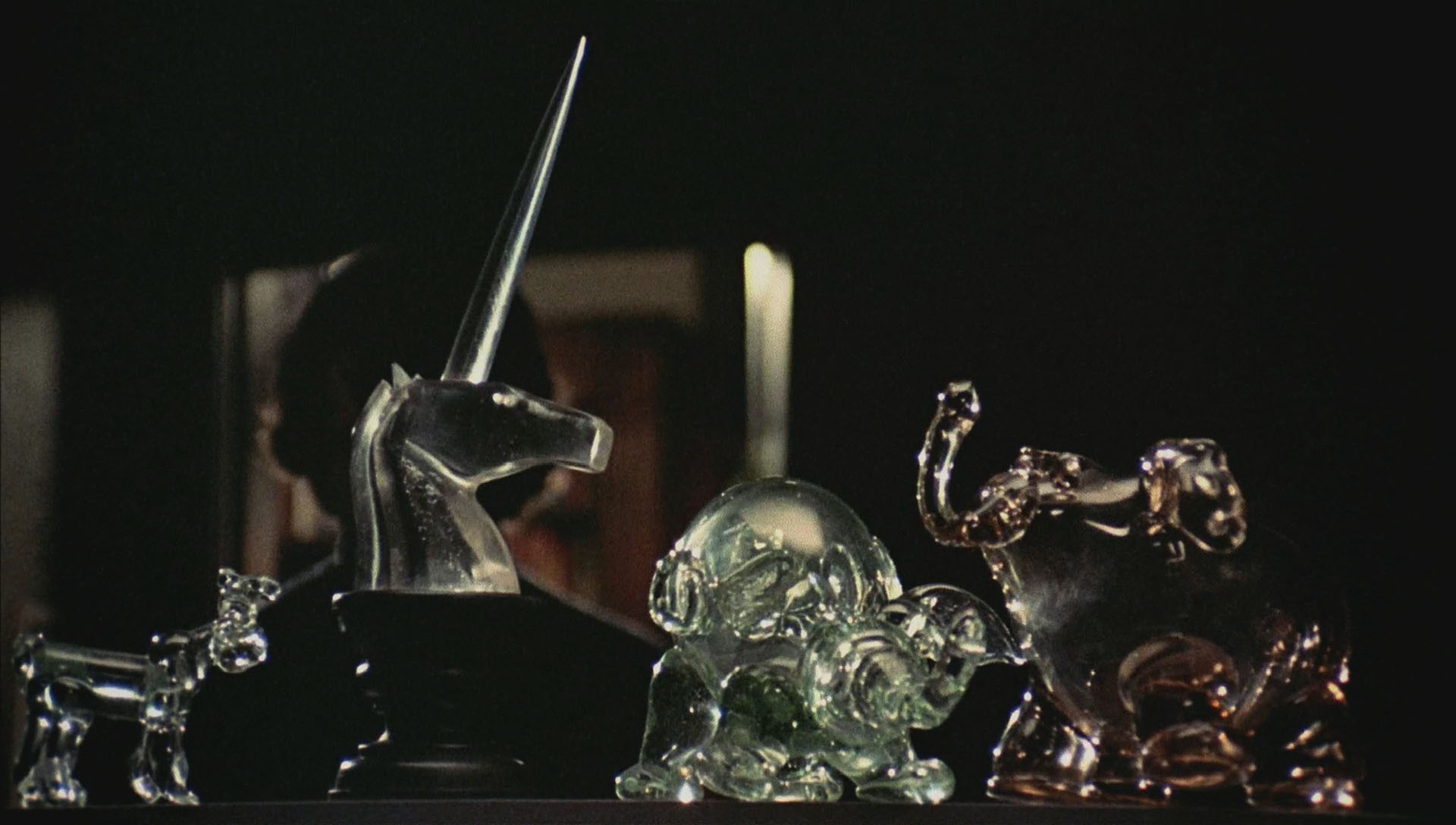
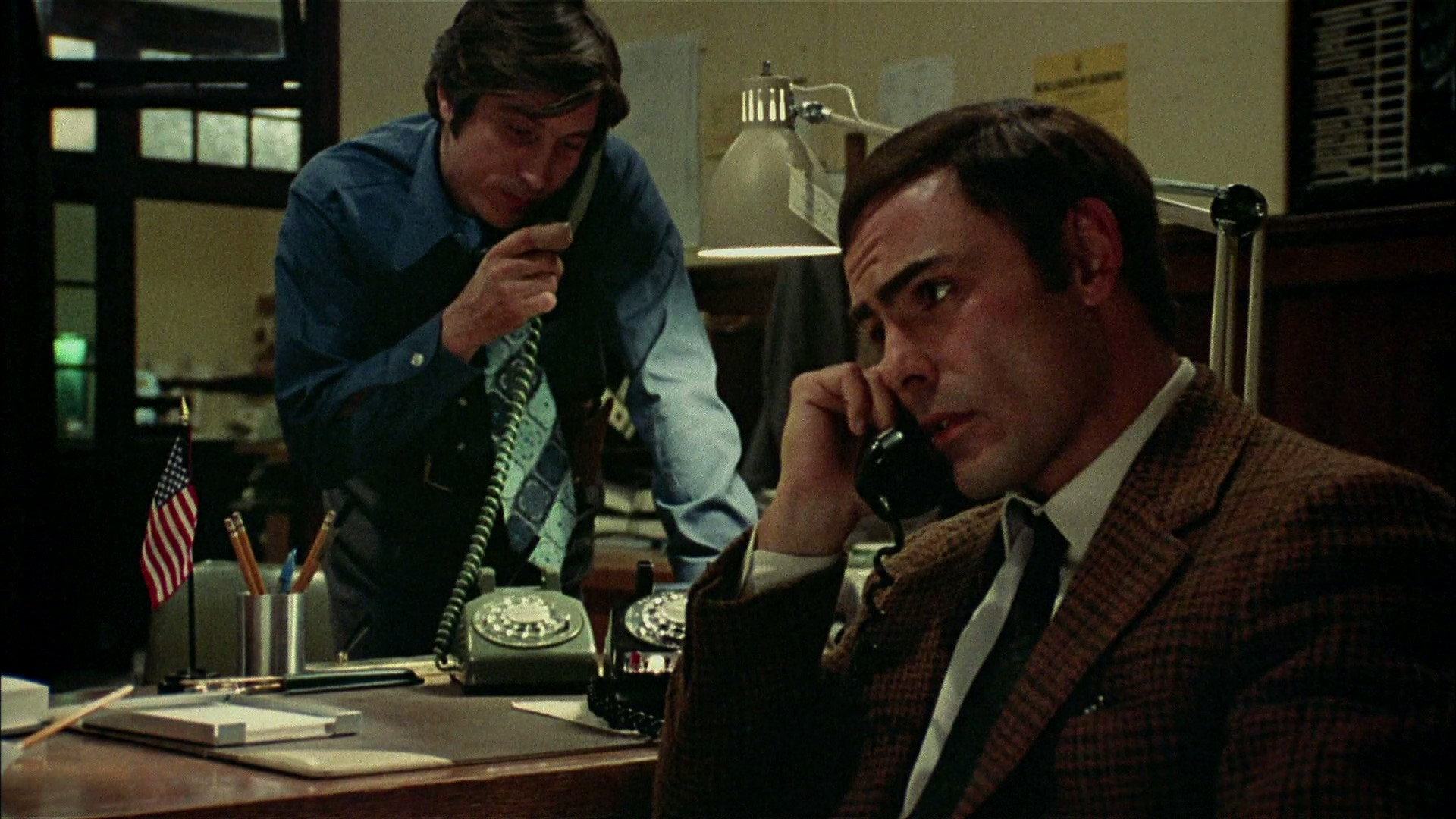

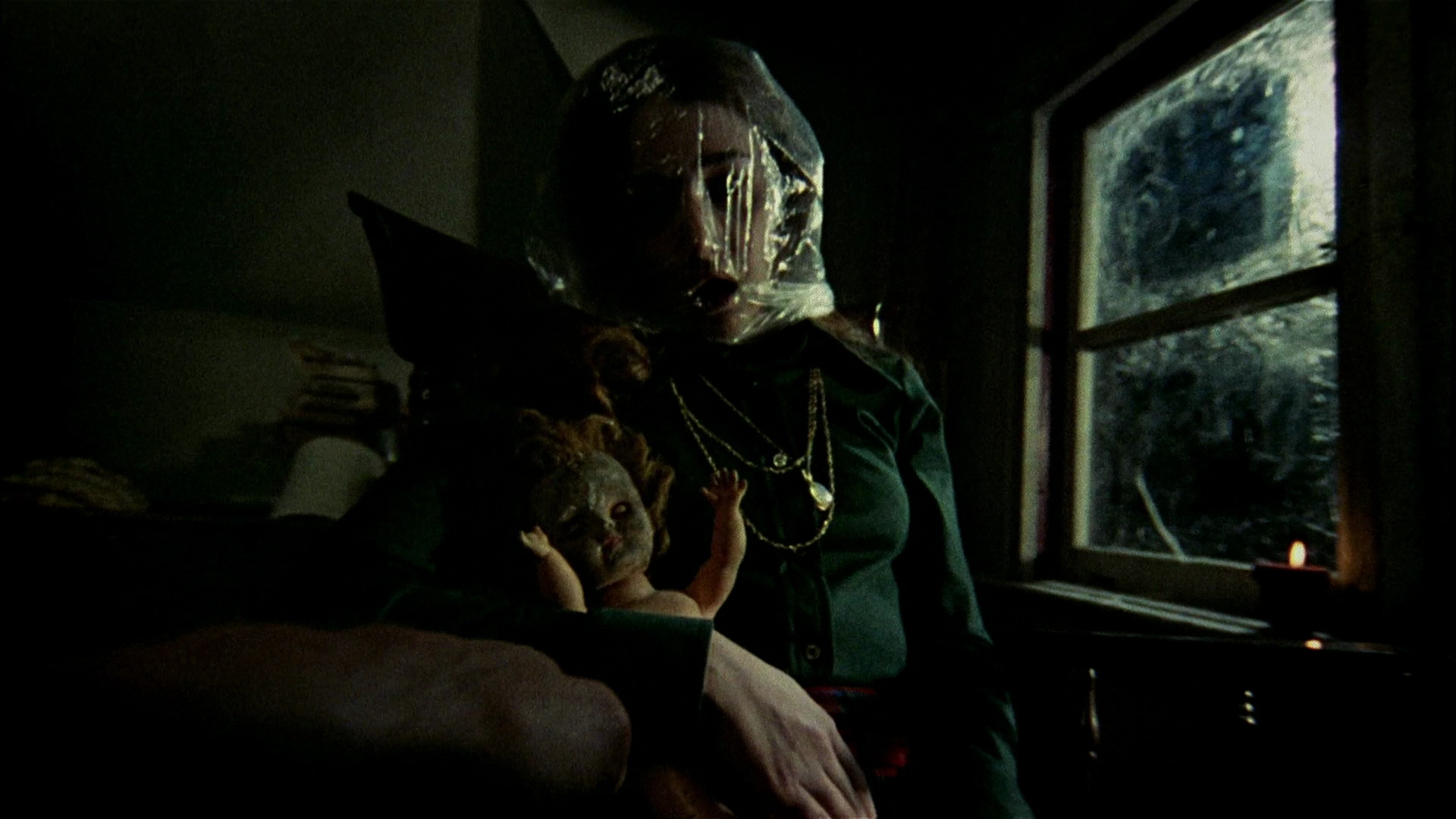

No comments:
Post a Comment